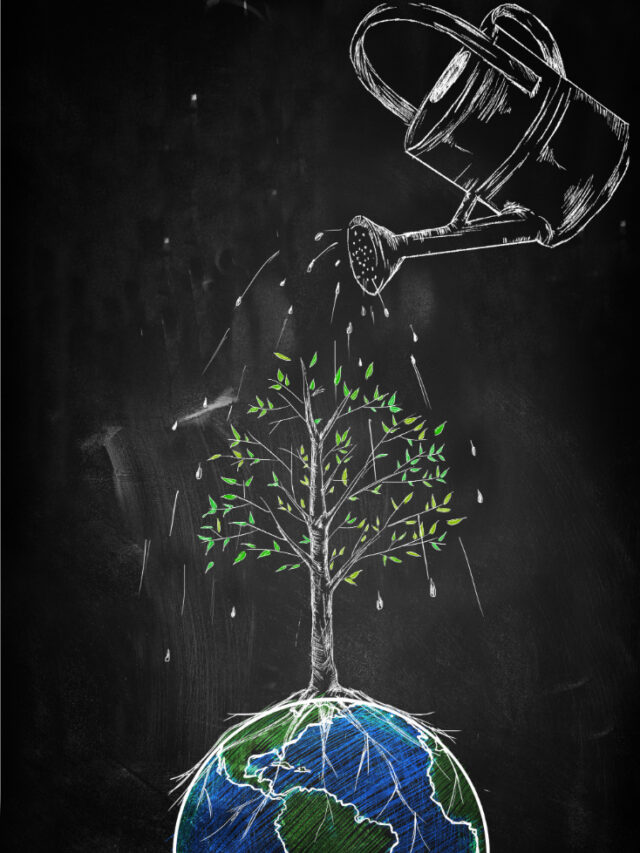On August 23, 2023, when India successfully landed the Chandrayaan 3 rover on the moon’s unexplored region, the entire nation had huge celebrations. The Chandrayaan 3 rover, named Pragyan, meaning “wisdom” in Sanskrit, has truly lived up to its name as India becomes the fourth country in the world to achieve a moon landing. Remarkably, India’s achievement goes even further – we are the first and only country to achieve a soft landing on the treacherous south pole of the Moon.
Let’s begin by understanding “What is Chandrayaan?”
Chandrayaan is a series of unmanned spacecraft missions launched by India with a focus on lunar exploration. The term “Chandrayaan” translates to “mooncraft” in Sanskrit. Each Chandrayan mission comprises an Orbiter, a Lander, and a Rover, and eachof these components is launceh using specific rockets. For Chandrayaan 3, the GSLV Mark 3 (LVM 3) rocket was developed by the Indian Space Research Organisation(ISRO).
Curious about the abbreviations GSLV, LVM, and ISRO stand for? GSLV – Geosynchronous Satellite Launch Vehicle LVM – Launch Vehicle Mark ISRO – Indian Space Research Organisation
Here’s a quick overview of Chandrayaan 1, 2, & 3:
| Spacecraft Name | Chandrayaan 1 | Chandrayaan 2 | Chandrayaan 3 |
| Launch Date | October 22, 2008 | August 20, 2019 | July 14, 2023 |
| Succeed level | Full (Orbiter) | Partial (Orbiter) | Full (Orbiter & Lander) |
| The mission concluded | August 29, 2009 | September 2, 2019 | On |
The Giant Leap: Americans on the Moon
The USA’s biggest moment came in 1969. They sent astronauts Neil Armstrong, Buzz Aldrin, and Michael Collins to the moon. Armstrong stepped onto the moon and said famous words. People all around the world heard him say, “One small step for a man, one giant leap for mankind.” It was amazing and showed that humans could travel to other places in space.
So, in the space race, Russia did cool things first, like Sputnik and sending a dog to space. But the USA won by sending people, like Alan Shepard and the Apollo 11 astronauts, to the moon. Both countries did incredible things that changed how we see space today.
How India Entered the Space Race:
India’s journey into the space race began with a significant helping hand from Russia. On April 19, 1975, India marked a crucial moment by launching its first satellite – Aryabhata with Russian assistance. From that point on, India became a participant in the global quest for space exploration, earning a significant place among the spacefaring nations.
Over the years, India has achieved remarkable milestones, ranging from launching the lightest to the heaviest satellites into space.
From Humble Beginnings to Lunar Ambitions
Among its standout achievements, India begins moon exploration and stands tall. The Chandrayaan missions, comprising Chandrayaan 1, 2, and 3, spotlight India’s ambitious lunar aspirations. Chandrayaan 1, India’s maiden lunar mission, soared to success, contributing vital discoveries about the moon’s surface.
Building on this triumph, scientists in ISRO want to explore the moon’s south pole which is why Chandrayan 2 was launched. It also marked a partial success that proved India’s advancements in science and space technology.
Lunar Legacy Attempts by India
India’s ascent in the space race showcases its dedication to scientific progress and the pursuit of the unknown. The nation’s participation in lunar exploration, from Chandrayaan 1’s significant findings to the strides made by Chandrayaan 2 demonstrates India’s growing expertise in space attempts.
As India continues to expand its horizons in the cosmic domain, its contributions to the space race are sure to leave a lasting mark on the exploration of the final frontier. This gives the gist about the Chandrayan history too.
India paved the way to Moon's South Pole:
- Chandrayaan 3’s Bold Mission: Chandrayaan 3, India’s significant leap in the space race. The spacecraft aims to conquer unexplored moon terrain which is the South Pole. The South Pole is covered with darkness and heavy craters, showing India’s rising star status in space.
- To find Moon’s Secrets: Chandrayaan 3 explored untouched moon regions. This can reveal new findings about the moon such as the presence of valuable resources. This resource can be water which is said to be found in the south pole of the moon.
- Precision Landing: India showcased expertise in landing tech. Navigating the moon’s rough surface, successful soft landing on the moon’s tougher terrain. As it was, I discovered many craters and large mountains.
- South Pole Exploration: India’s dedication shone with Chandrayaan 3’s south pole focus. It faced tough challenges, revealing India’s drive to explore new frontiers.
- Technological Innovation: Launching Chandrayaan 3 needed advanced tech. India’s creation of landers, rovers, instruments, and space systems showed its global space exploration ability.
- Scientific Endeavor: Chandrayaan 3 dug deep into the moon’s darkest craters. It aimed to give data about the moon’s history and water ice, boosting global space understanding.
- Global Recognition: Chandrayaan 3’s success brought worldwide recognition. India’s space achievements were celebrated, confirming its significant role in exploring space.Now, after all the odds Chandrayaan 3 from ISRO is the first lander on the south pole of the moon. This shows the space technological developments in the nation. Where other rival countries announced their space center setting up and sending spacecraft to prove their identity, India succeeded and won the space race to the Moon’s south pole. India imprints its national emblem on the moon land.
Now take this tiny quiz and comment down your answers
When did Chandrayaan 3 launch?
How many Chandrayaan launched by India?
How much time did Chandrayaan take to reach moon?








